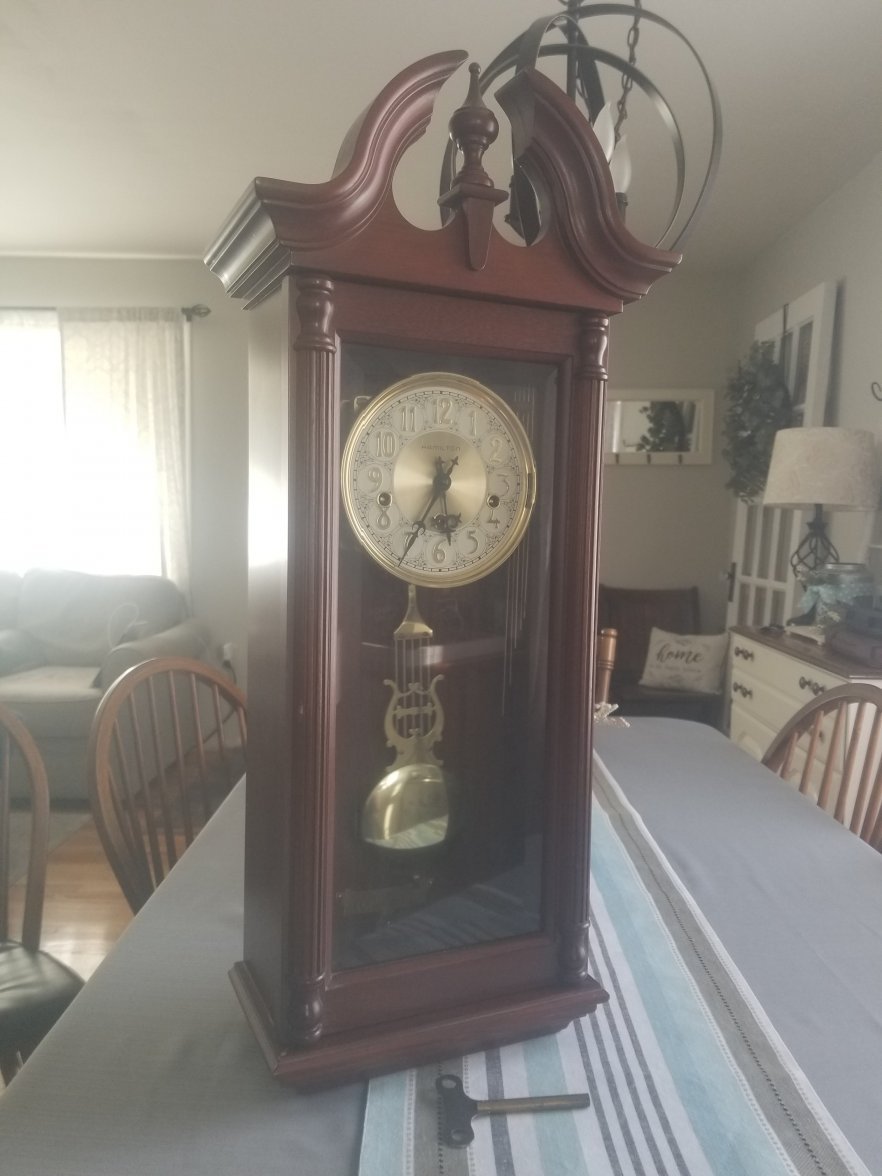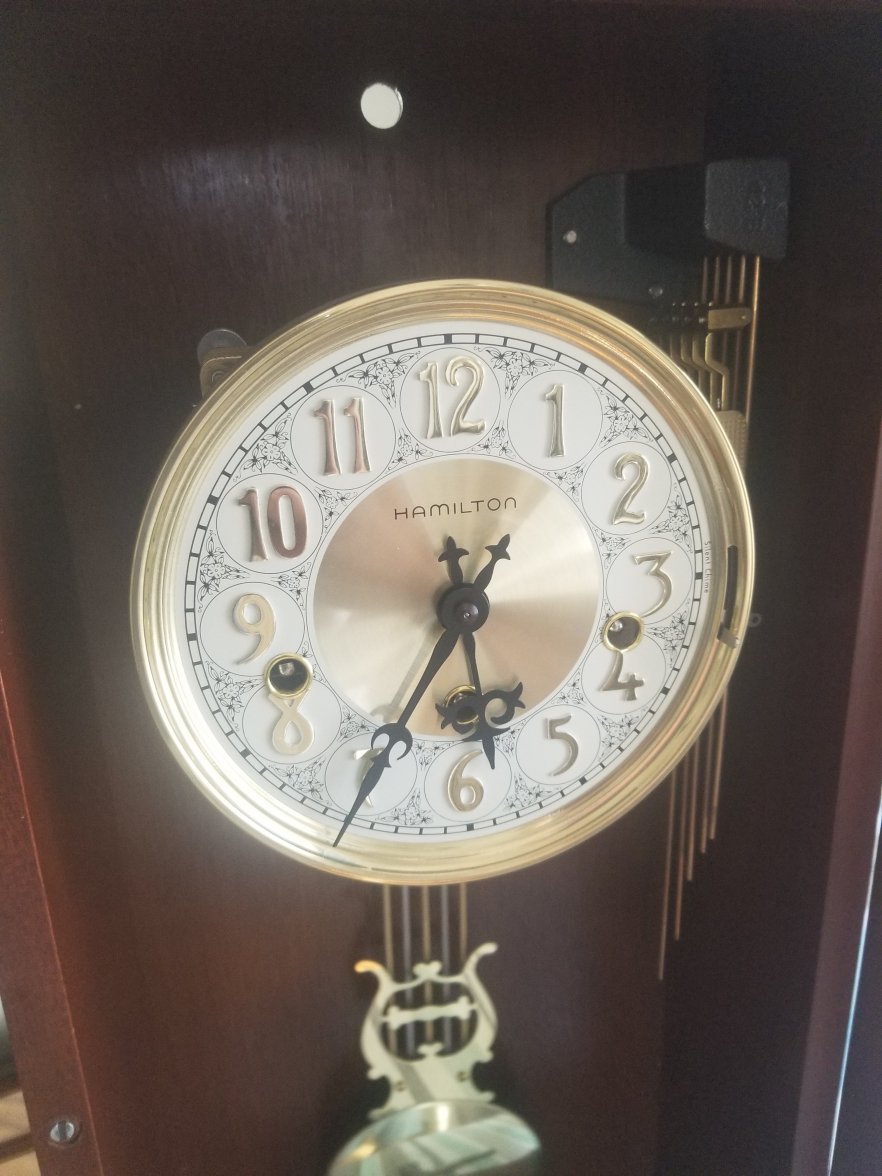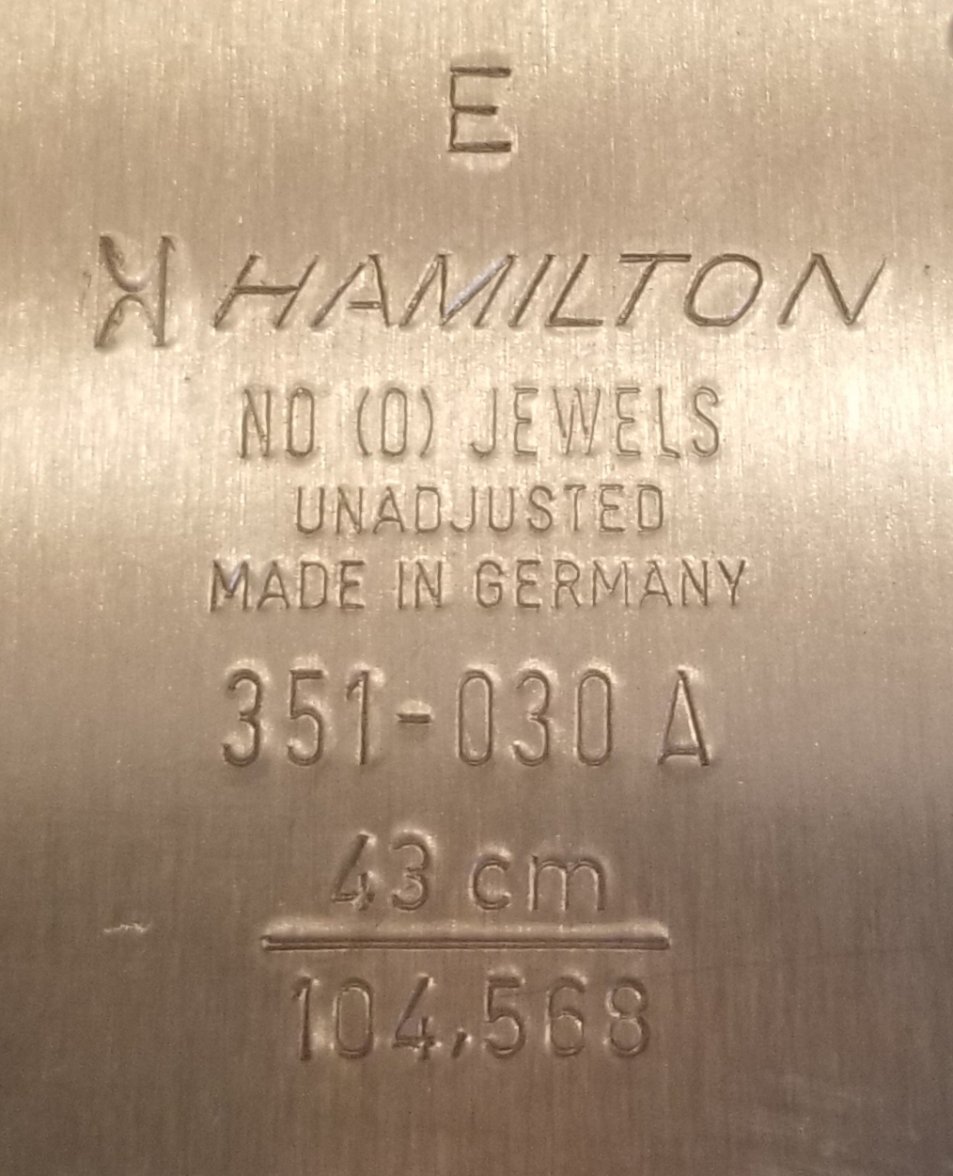me1969
·Hello,
I recently acquired a large Hamilton Mantle Clock and have looked everywhere for info on it but haven't had any luck.
I'd love to know the model number/name so I can do some research but haven't been able to find anything.
All I know is that it's a little over 29" tall and it has a key..... I have no idea how old it is or where it was made.
I expected it to at least say where it was made but if it does I can't find it.
Any info would be greatly appreciated.
Thank you
I recently acquired a large Hamilton Mantle Clock and have looked everywhere for info on it but haven't had any luck.
I'd love to know the model number/name so I can do some research but haven't been able to find anything.
All I know is that it's a little over 29" tall and it has a key..... I have no idea how old it is or where it was made.
I expected it to at least say where it was made but if it does I can't find it.
Any info would be greatly appreciated.
Thank you



